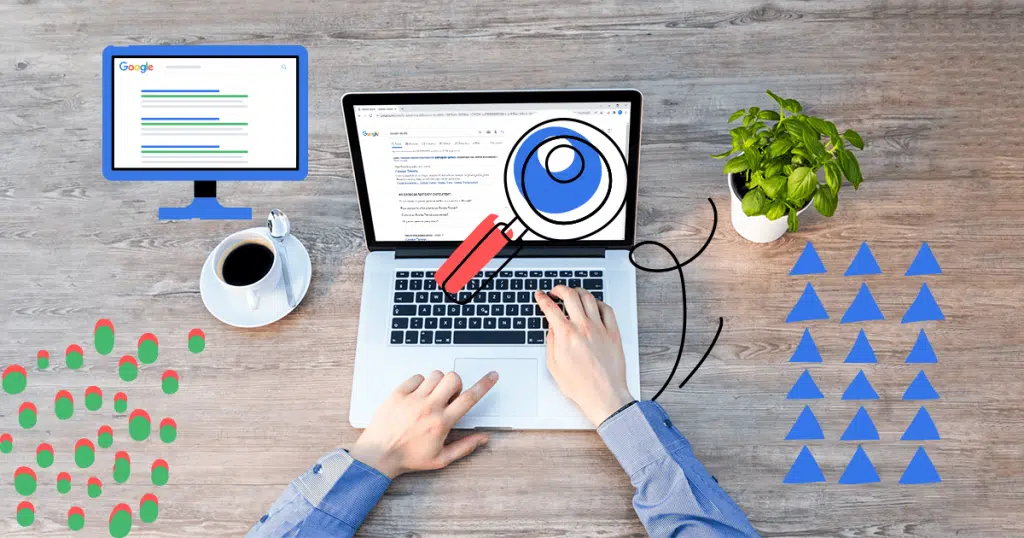Website optimization aims to enhance the visitor experience on your website, leading to more signups, conversions or sales and ultimately more profit for your business.
This can be accomplished using various strategies and techniques, some of which overlap, so optimizing one element may yield positive effects elsewhere in your business.
User Experience (UX)
User experience optimization (UXO) aims at turning website visitors into happy customers, through measures such as increasing conversions, strengthening brand loyalty and raising search engine rankings – while simultaneously minimizing costs associated with attracting and keeping business.
Today’s consumers have access to thousands of options when it comes to any business category, and have developed refined tastes when it comes to selecting their ideal websites. Users expect them to be easy for them to navigate and offer engaging content; any site that does not meet this standard quickly becomes unattractive to users who move onto another option.
Optimizing user interface (UI), including elements such as clear layouts and responsive designs, can enhance the overall enjoyment of visiting a website. It encourages more visitors to spend longer exploring it, reduce bounce rates, and may lead to product/service inquiries that boost company’s reputation while helping reach revenue goals. Using the appropriate tools businesses can easily identify and implement improvements which deliver maximum effectiveness.
Conversion Rate Optimization (CRO)
CRO is an ongoing process with the primary objective of increasing conversion rates on websites – be they sales, sign-ups, downloads or any other desired action – using data-backed experiments like A/B tests to discover strategies and modifications that generate more sales. A seasoned CRO Manager can make these optimization undertakings measurable so businesses can justify their investments effectively.
As more business is conducted online, your website serves as the 24/7 salesperson you rely on for sales. That’s why optimizing it to create an outstanding user experience and make an ideal first impression is vital to business. By taking an analytical approach and continually monitoring usability issues that impede conversions – like slow loading times which lead to high bounce rates and poor user experiences; continuous analysis can identify and resolve them through optimization of JS, HTML and CSS files on a site.
Technical Optimization
Technical structure plays an essential part in user experience and SEO rankings for any website, since Google bots need an authoritative technical foundation in order to recognize your content as relevant and valuable. This process includes optimizing page speed, minimizing server response time, using browser caching technology effectively and compressing image sizes.
Optimizing your site’s navigation system and hierarchical page structure is also key, to ensuring search engine bots can index pages quickly. Doing this helps prevent duplicate content as well as any technical issues.
All of these elements work in concert to create an enjoyable digital journey for visitors to your website. By optimizing all three pillars of your site, you can increase traffic and conversions while offering visitors an exceptional experience. With Siteimprove, you can monitor each of the above areas to make informed decisions that drive success; even use an overall optimization score as a measure and report back progress made across your business.
SEO
SEO stands for Search Engine Optimization and refers to the practice of increasing visibility of a website or web page in a search engine’s unpaid results (known as organic). SEO involves optimizing both content and technical elements of a page – including backlink analysis platforms like Yoast which offer professional assistance in this process.
At the core of on-page SEO is your target keyword(s). These are terms your ideal customers are typing into Google or other search engines when looking for services like yours, such as searching Google. Make sure your target keywords are featured prominently within title tag, H1 tags, meta description and alt text so they will appear in SERPs. Keep your title tag within 55-60 characters for optimal performance in SERPs.
Technical optimization includes improving HTML code on pages, site speed and security settings, mobile-friendliness and usability as well as Core Web Vitals’ structured data, HTTPS connections and avoiding intrusive interstitials. In addition, technical optimization includes managing and optimizing your business’s online reviews, listings and Google My Business profiles to increase traffic to them.











